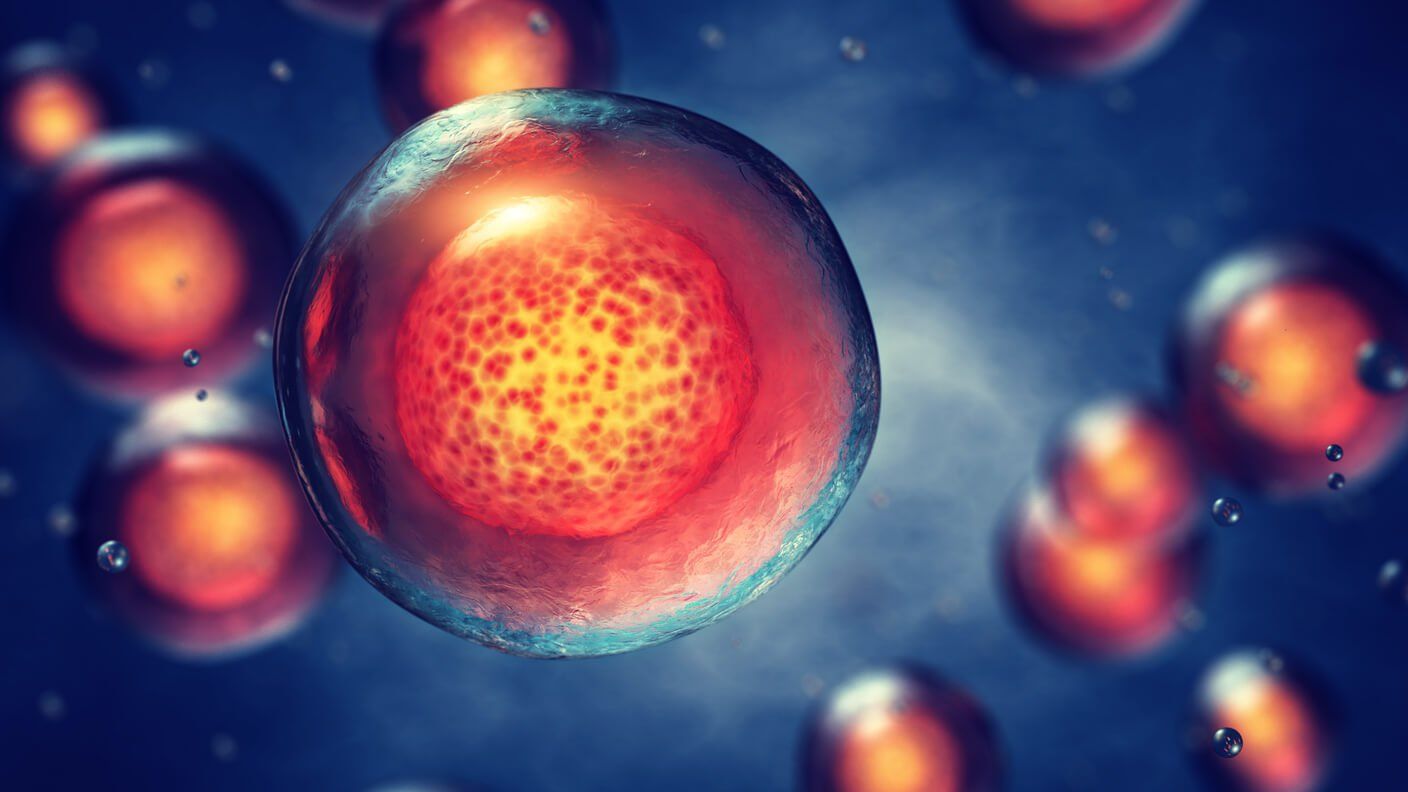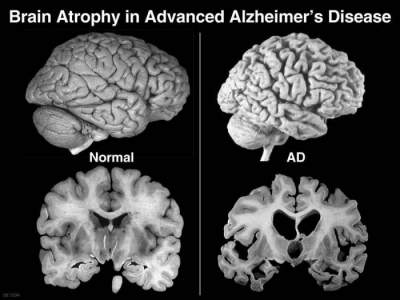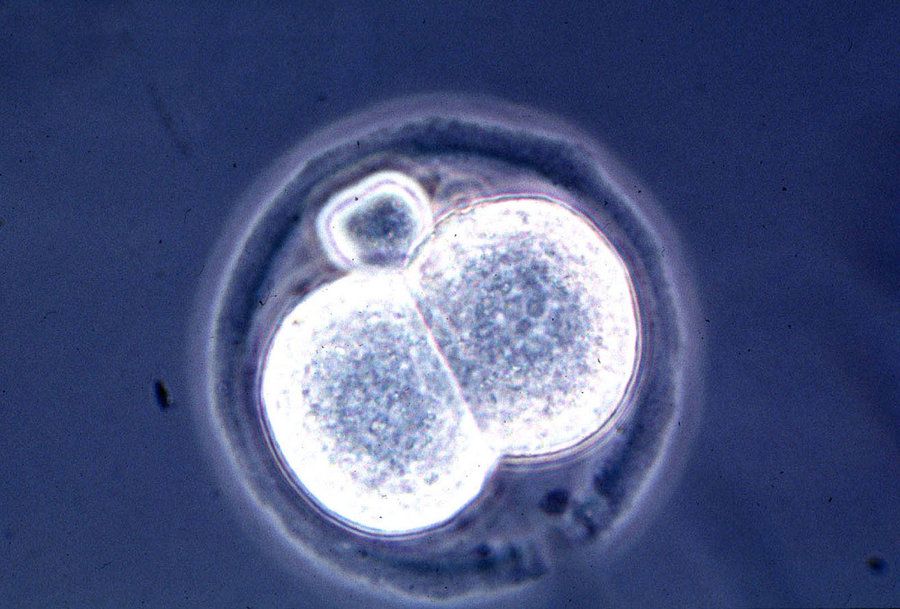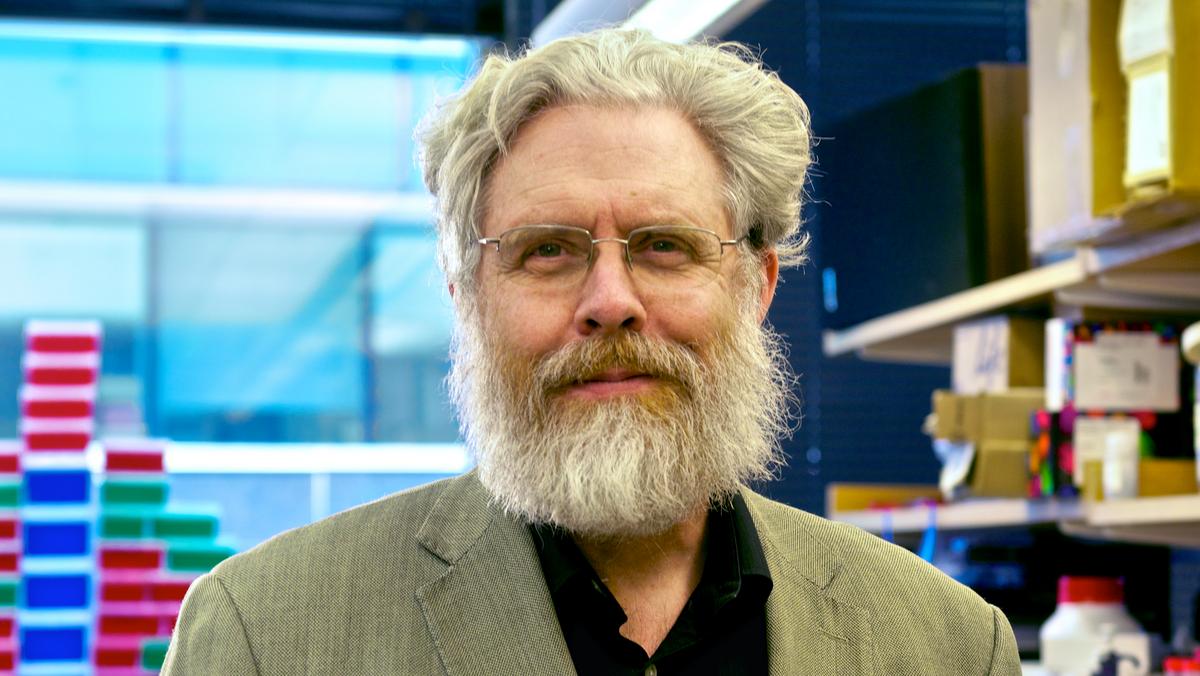Gene-edited seedless tomatoes don’t need pollinating to produce fruit – which could come in useful at a time when bees are on the decline.
Category: bioengineering – Page 216

Scientists Hacked a Cell’s DNA and Made a Biocomputer Out of It
“These re-engineered organisms will change our lives over the coming years, leading to cheaper drugs, ‘green’ means to fuel our cars and targeted therapies for attacking ‘superbugs’ and diseases, such as cancer,” wrote Drs. Ahmad Khalil and James Collins at Boston University, who were not involved in the study.
Our brains are often compared to computers, but in truth, the billions of cells in our bodies may be a better analogy. The squishy sacks of goop may seem a far cry from rigid chips and bundled wires, but cells are experts at taking inputs, running them through a complicated series of logic gates and producing the desired programmed output.
Take beta cells in the pancreas, which manufacture and store insulin. If they detect a large spike in blood sugar, then they release insulin; else they don’t. Each cell adheres to commands like these, allowing us—the organism—to operate normally.
This circuit-like nature of cellular operations is not just a handy metaphor. About 50 years ago, scientists began wondering: what if we could hijack the machinery behind these algorithms and reprogram the cells to do whatever we want?

These Species Can Recode Their Own Genetics
Technically, an animal could use RNA editing to change the nature of its proteins without completely altering the underlying DNA instructions. This makes the cephalopods’ ability to do it a very interesting phenomenon, but it’s unclear as to why the species requires this much RNA editing. Many of the edited proteins were found in the animals’ brains, which is why scientists think the editing and their brainpower could be linked.
More than any other species on earth, octopuses are particularly smart—they can solve puzzles, use tools, and communicate using color. Now scientists are saying they’re also capable of editing their RNA.
A team of scientists led by Joshua Rosenthal at the Marine Biological Laboratory and Noa Liscovitch-Braur and Eli Eisenberg at Tel Aviv University have discovered that octopuses and squid are capable of a type of genetic alteration called RNA editing. The process is rare among other species, leading scientists to believe that the cephalopods have evolved to follow a special kind of gene recoding.
Normally, living creatures use the information contained in DNA to make proteins, and RNA is the go-between, simply transmitting the message in the DNA. More than 60 percent of RNA transcripts in squid are recoded by editing, and similar levels of RNA editing were identified in other cephalopod species, including two octopuses and a cuttlefish. This changes the message that gets sent out, which in turn changes the proteins that get produced. In comparison, other species like fruit flies and humans experience recoding events only a fraction of one percent of the time. But exactly how the gene editing mechanics work is a mystery.
The future of the Earth through the eyes of futurists. Photo
Transhumanism stuff out in these stories: http://z-news.link/the-future-of-the-earth-through-the-eyes-of-futurists-photo/ & http://yemcentral.com/2017/03/29/would-robots-make-better-po…an-humans/ & https://player.fm/series/lions-of-liberty-podcast/287-zoltan…nd-liberty
Futurism, or more precisely, futurology, is the study of possible hypotheses, probable and preferred options for the future. To understand what futurists predict in the improvement of the human condition, consider the progress happening in the field of science, medicine and computing.
1. Cure Alzheimer’s disease

Alzheimer’s disease is type of dementia that causes problems with memory, thinking abilities and behavior. It is a progressive disease, which means that the disease gets worse over time. Only in the US estimated to suffer her 5.4 million people. Today for Alzheimer’s disease there is no cure, but one group of scientists believes that it will be able to figure out a way to deal with it.

Age-Reversal Research at Harvard Medical School
Interview with George Church.
Harvard researcher Dr. George Church has developed an innovative gene editing technology called CRISPR/Cas9 that could transform senescent cells. He predicts this technology may reverse aging in humans. Life Extension Foundation® assisted by providing Dr. Church with gene sequencing data from its super-centenarian project.

How The Power Of Synthetic Biology could reshape the world
Mushroom buildings, jurassic park and terraforming.
Did you ever hear about synthetic biology? No? Imagine that we could alter and produce DNA from scratch just like an engineer. Doesn’t it sound like one of the greatest interdisciplinary achievements in recent history?
Think about it, a bio-technologist is doing more or less the work of a programmer but instead of using a computer language he’s doing it by arranging molecules embedded in every living cell. The outcome, if ever mastered, could reshape the world around us dramatically.

Scientists convert spinach leaves into human heart tissue — that beats
If an overhyped vegetable existed before marketers coined the term superfood — and long before Oprah Winfrey chatted up acai berries with Dr. Oz — look no further than spinach. (Here’s to Popeye, eating the stuff by the can to inflate his biceps.) Spinach alone, of course, won’t pump anyone up. But it does have a few physical properties of the type that excite biomedical engineers. Spinach grows a network of veins, for instance, that thread through its leaves in a way similar to blood vessels through a human heart.
These leafy veins allowed researchers at Massachusetts’s Worcester Polytechnic Institute to give a new meaning to heart-healthy spinach. The tissue engineers, as they reported recently in the journal Biomaterials, stripped green spinach leaves of their cells. The spinach turned translucent. The scientists seeded the gaps that the plant cells left behind with human heart tissue. Heart cells, in clusters, beat for up to three weeks in this unusual environment.
The inspiration for the human-plant fusion came over lunch — and, yes, the leafy greens were involved — when WPI bioengineers Glenn Gaudette and Joshua Gershlak began to brainstorm new ways to tackle a deadly medical problem: the lack of donor organs. Of the more than 100,000 people on the donor list, nearly two dozen people die each day while waiting for an organ transplant.
Scientists have grown heart tissue on a spinach leaf
What have you accomplished this week? Did you have a productive work meeting? Make a healthy dinner? Match your socks?
If you’re one of the researchers at Worcester Polytechnic Institute, University of Wisconsin-Madison, or Arkansas State University-Jonesboro, you used a leaf to grow some heart tissue.

Super Humans: Scientists Rewrote a Bacteria’s Genome From Scratch
Model of the human genome.
A special nutrient must be fed to these bacteria or else they die off. Unless they find this selfsame nutrient in the environment, which Church says is unlikely, they would not be able to survive. Another fail-safe is a special barrier which has been erected to make it impossible for the bacteria to mate or reproduce, outside of the lab. But other experts wonder how “unbeatable” Church’s fail-safe’s actually are. Carr says that instead of discussing these measures as foolproof, we should be framing it in degrees of risk.
The next step is further testing of the artificial genes that have been made. Afterward, Church and colleagues will take this same genome and produce an entirely new organism with it. Since DNA is the essential blueprint for almost all life on earth, being able to rewrite it could give humans an almost god-like power over it. That capability is perhaps decades away. Even so, combined with gene editing and gene modification, and the idea of a race of super humans is not outside the realm of possibility.

George Church, Lumosity want those with good memory to ‘share it, not hoard it’
George Church is very interested in your memories now.
Harvard researcher George Church is looking for people with exceptionally good memory to take part in a study aimed at finding genetic mechanisms that boost memory in research that could one day result in better drugs or diagnostic tests.
Church and other researchers at Harvard’s Wyss Institute for Biologically Inspired Engineering and Harvard Medical School’s Personal Genome Project, in collaboration with Lumos Labs — the makers of the brain-training game Lumosity — will look for common genetic markers in individuals with exceptional memories, attention and reaction speeds.
